What Should I Do if My Dog Eats Something They Shouldn't Have?
Picture this–You come home from a long day at work, ready to relax and unwind with your furry best friend. But as soon as you enter your house, you notice something is off. Your dog is acting strangely, and upon closer inspection, you realise it has eaten something it shouldn't have. Panic sets in – what do you do now?
If your dog eats something it shouldn't have, the first step is to take it to the vet immediately. The vet will diagnose the dog and determine if the object needs to be removed from the stomach endoscopically or through induced vomiting. The earlier you act, the better for your dog’s life.
In the rest of this article, I’ll discuss other actions to take if your dog has eaten something it shouldn't have and the telltale signs. I’ll also discuss how to prevent your dog from eating something it shouldn't in the future. So, let's dive right in!
Other Things to Do if Your Dog Eats Something It Shouldn't Have
Identify What the Dog Ate
Dogs are curious creatures–that curiosity gets them into trouble occasionally. One such trouble is consuming things they shouldn't.
When your dog has eaten something it shouldn't have, start by identifying what your pup ate. Doing so will help you better determine how serious the situation may be and what steps must be taken next.
If, for instance, you find that the dog ate something poisonous, then it needs urgent medical intervention. Remember, a poison takes several minutes to between 3 and 5 hours to kill a dog.
Some ways to identify what your pup might have consumed include:
- Checking the dog's surroundings: Look for clues in your dog's surroundings, such as chewed-up objects or spilled substances that your dog may have ingested.
- Review your dog's recent activities: Consider your dog's recent activities, like walks, visits to the park, or time spent with other dogs. This can help you identify potential sources of exposure.
- Take the dog for diagnosis: Take the dog to the vet for diagnosis if you're still unsure about what it has consumed.
Get Any Remains Away from the Dog

If you find your dog eating something it shouldn't, the immediate action is to remove the remainder to prevent further consumption.
Preventing further consumption is necessary because the ingested quantity affects the chances of fatality in the case of poisonous substances.
For instance, while an adult dog can survive after eating between 4 and 8 ounces (0.25 and 0.5 pounds) of baked chocolate, the same can be fatal to a puppy. Therefore, the earlier you prevent your furry friend from consuming whatever it's, the higher the chances of survival.
Follow the Advice Given
If you took the dog to the vet for medication, ensure to follow any advice to the latter.
After examining the dog, the vet prescribes medication or home care practices based on the dog's symptoms and condition.
Don't hesitate to ask for clarification if you're confused by any advice. After all, it’s essential to ensure your furry friend gets proper care.
Besides the veterinarian's advice, take actions that help soothe the dog. For instance, you can use these soup recipes to soothe your dog's upset stomach.
Signs Your Dog Has Eaten Something It Shouldn't Have
What are the telltale signs that your canine friend has consumed something he shouldn't have?
The key signs to look for include the following:
- Vomiting or gagging: This is one of the most obvious signs that a dog has eaten something unusual. If you notice your dog vomiting frequently or if the vomit contains foreign objects, it's likely that your dog has eaten something it shouldn't have.
- Lethargy: A dog might feel lethargic and unwell after eating something toxic or indigestible. If your dog is lying around and not in its usual energetic self, it may have ingested something bad.
- Diarrhoea and flatulence: Your dog may experience digestive issues such as diarrhoea and flatulence by eating something it shouldn't have eaten.
- Abdominal pain: In some cases, like if the dog ate something very sharp, there might be abdominal pain due to internal injuries.
- Seizures and tremors: These are signs of poisoning. They can happen if the dog has eaten something toxic.
- Changes in behaviour: Ingesting something toxic or indigestible can cause a dog to act differently. Watch out for symptoms like anxiety, restlessness, or agitation.
Human Foods That Are Dangerous to Dogs
Ever noticed your canine companion begging for a bite of your baked chocolate or avocado? Although it's hard to resist, denying your dog some human food could help save its life.
Some human foods are hazardous to dogs and can be fatal. This is due to dogs’ metabolism, which is different from that of humans.
The table below summarises human foods that are hazardous to dogs:
|
Human Food |
Consequences to Dogs |
|
Alcohol |
Breathing problems, vomiting, coma |
|
Avocado |
Vomiting and diarrhoea |
|
Macadamia nuts |
Overheating, vomiting, weakness |
|
Grapes and raisins |
Kidney failure |
|
Xylitol |
Liver failure, seizures, and body weakness |
|
Chocolate |
Vomiting in small amounts and death in large quantities |
Table 1: Human foods that are hazardous to dogs and their consequences
Besides food, human pharmaceuticals, especially over-the-counter medicines, are also poisonous to dogs. These medicines contain components like naproxen, ibuprofen, and acetaminophen, all of which are harmful to our four-legged companions.
How to Prevent Your Dog from Consuming Something It Shouldn't
The old saying, "prevention is better than cure," holds for our canine friends.
As a dog parent, you must ensure your pup doesn't consume anything out of the ordinary.
Here are some tips to help you with this:
Keep Dangerous Foods Away
Keeping human food away from your dog is essential for its safety.
Keep all toxic foods in high places that are hard to reach or secure them in a cupboard with a lock.
Never leave toxic medicines, like ibuprofen, lying around.
Train Your Dog

Training your dog the "leave it" command helps to prevent it from ingesting something hazardous.
For this command, you can entice the dog with a treat in your palm. Close your palm immediately the dog tries reaching for the treat. With time, the dog will understand that going for the treat is wrong. Remember to offer positive reinforcements like praises when it does.
Keep the Dog Busy and Entertained
A busy and entertained dog is less likely to nibble on things it shouldn't.
Some easy ways to keep your dog busy and entertained include:
- Taking it for regular walks
- Playing fetch
- Playing the shell game
- Giving it puzzle toys that require problem-solving skills
Final Thoughts
It's essential to stay vigilant and take preventative measures to ensure your pup's safety. Familiarise yourself with signs of ingestion, act promptly, and consult your vet when in doubt.
A healthy dog makes for a happier home, so let's protect our furry friends from harm.
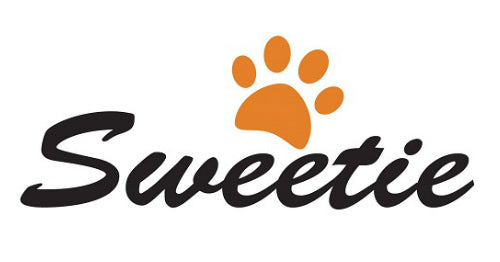
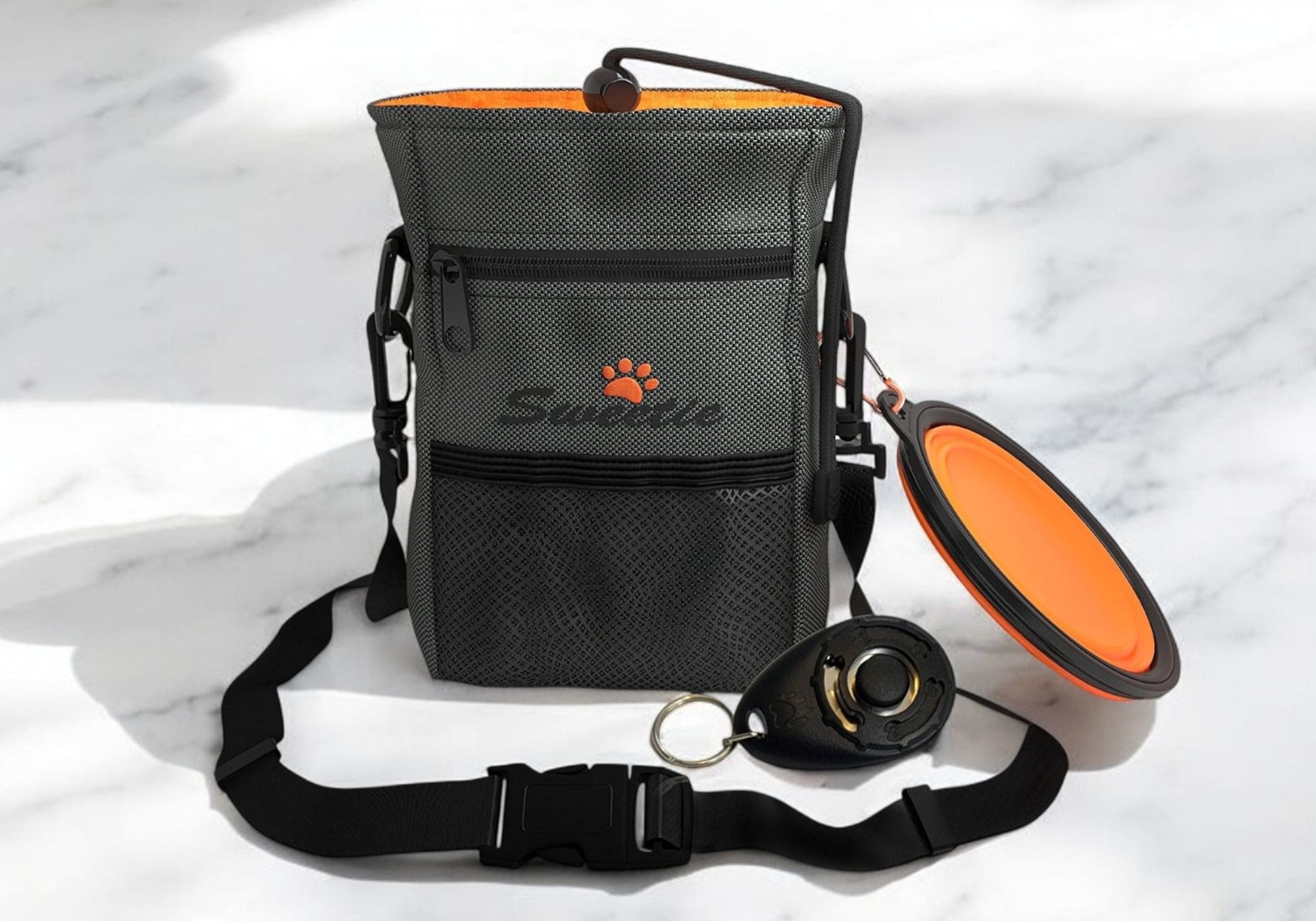
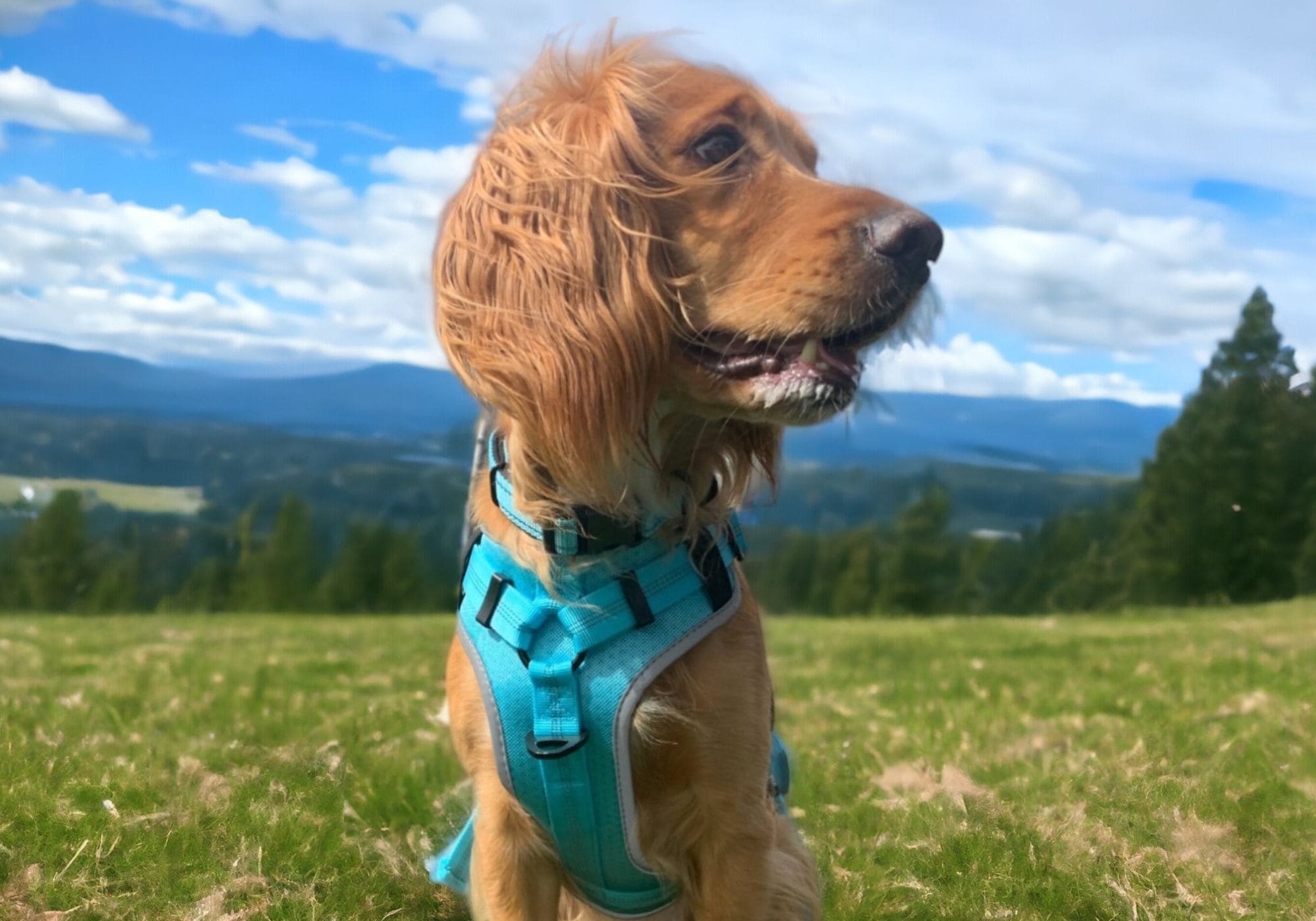
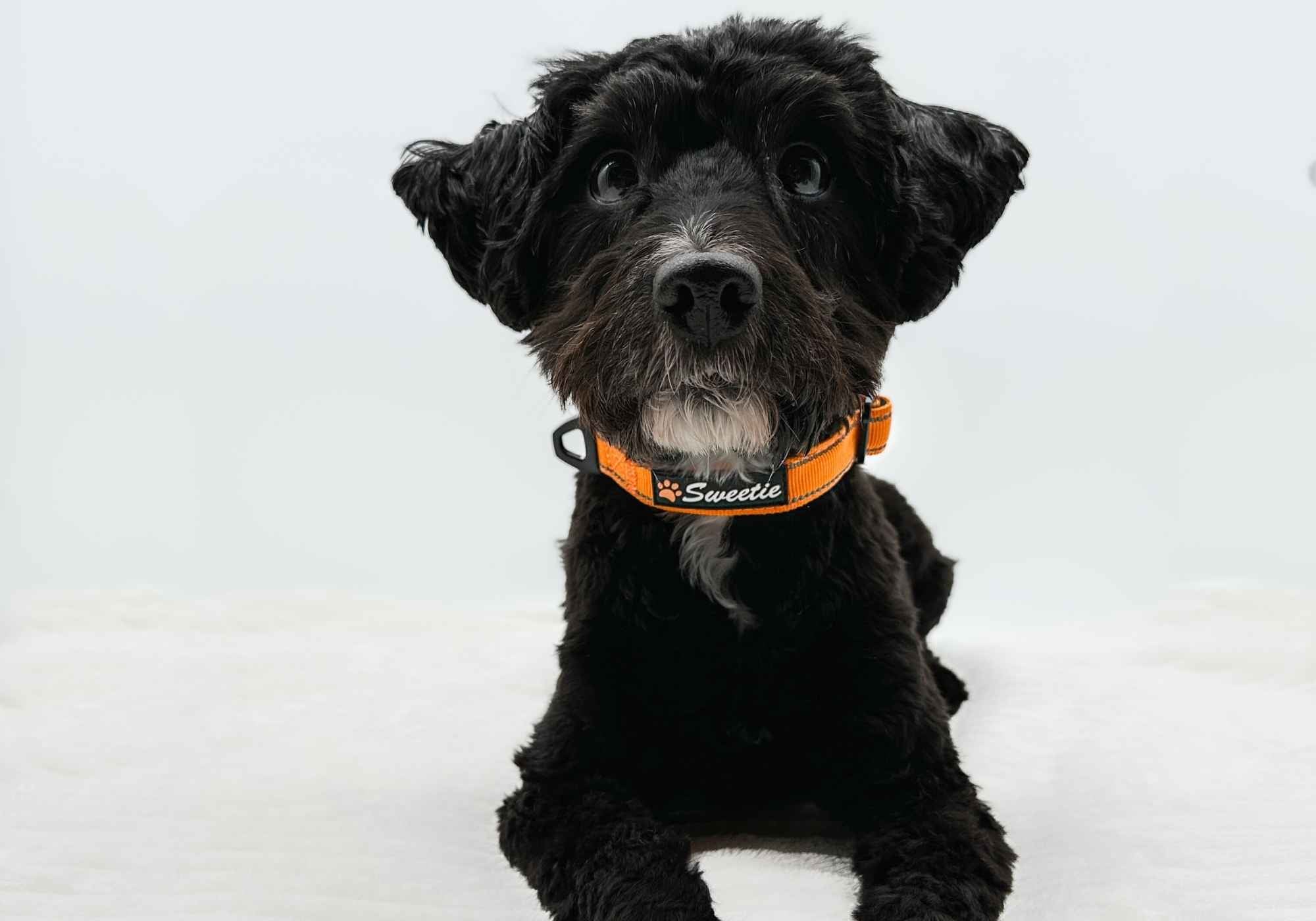
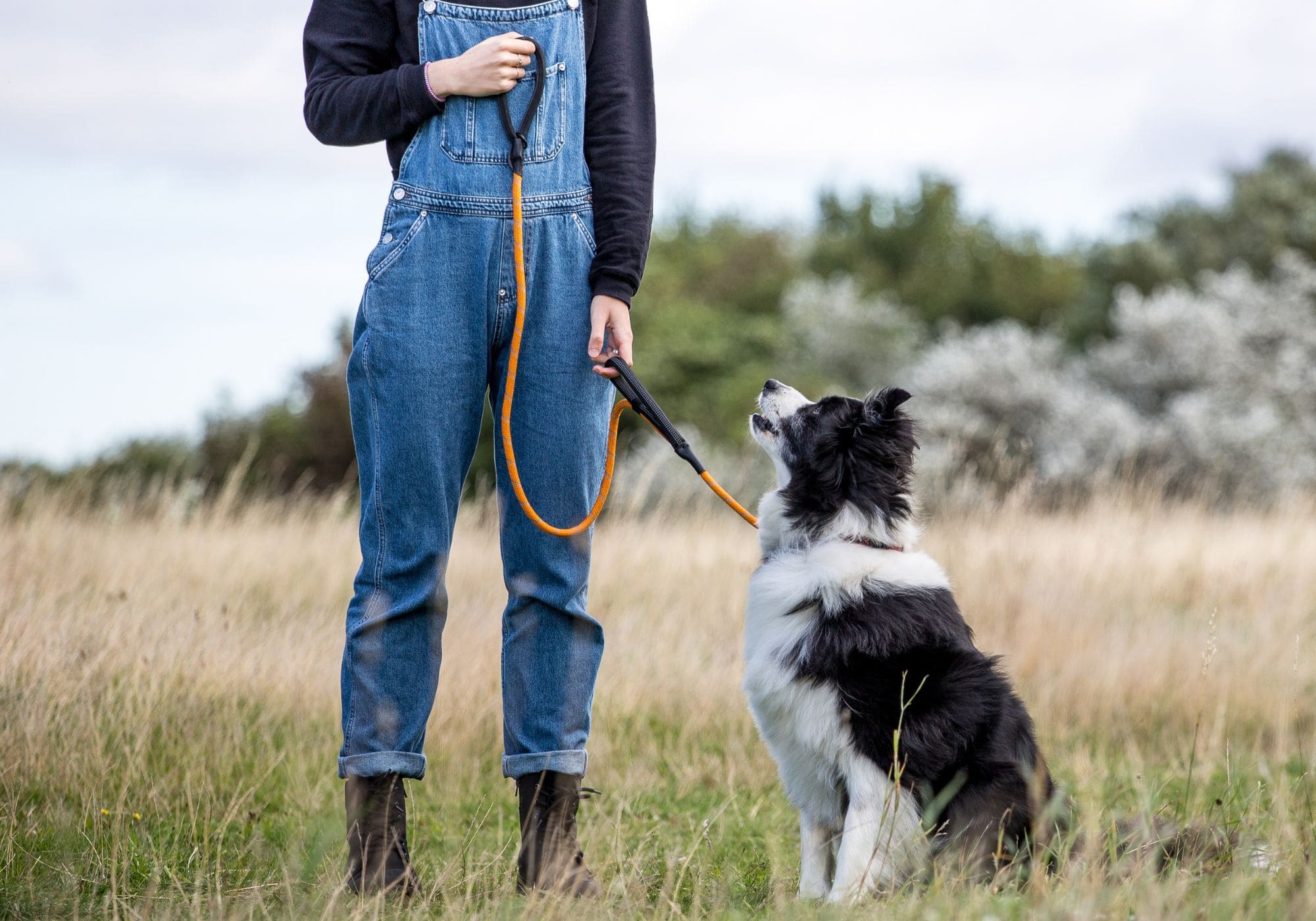
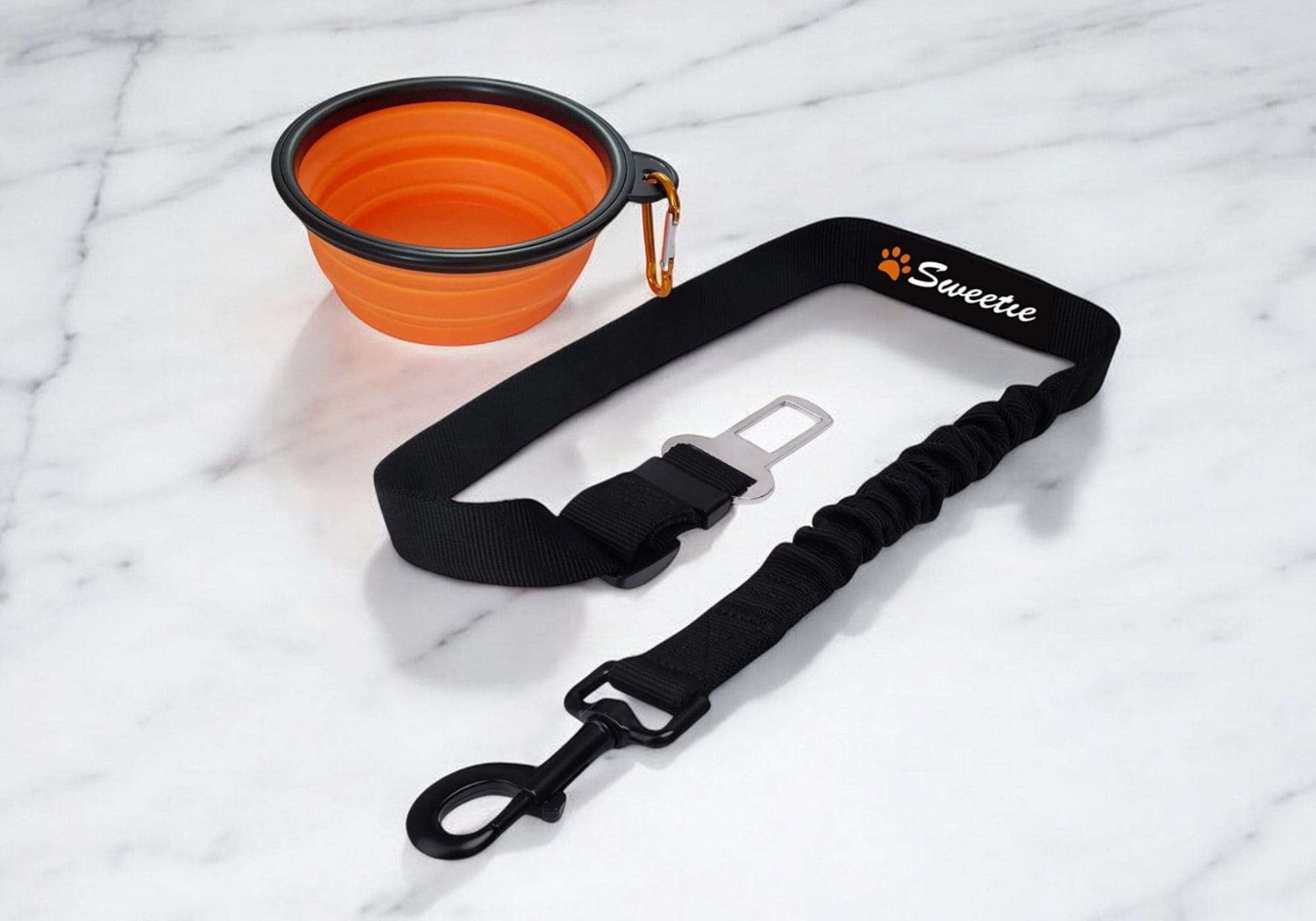
Leave a comment